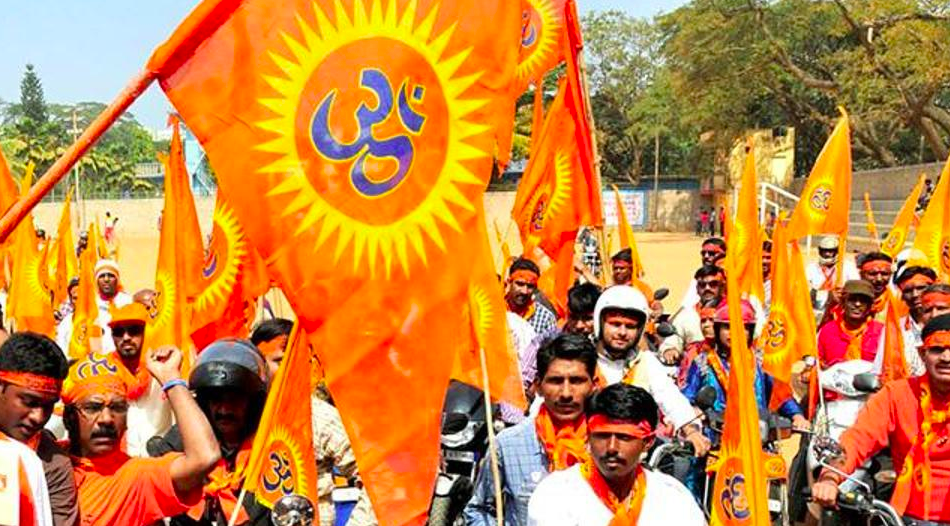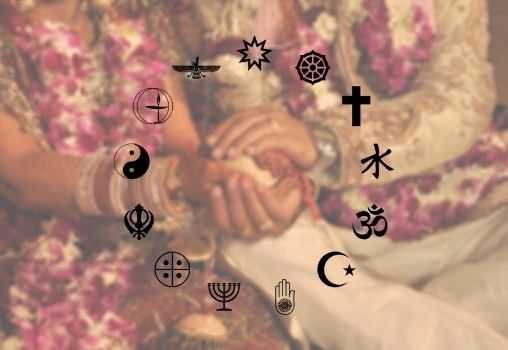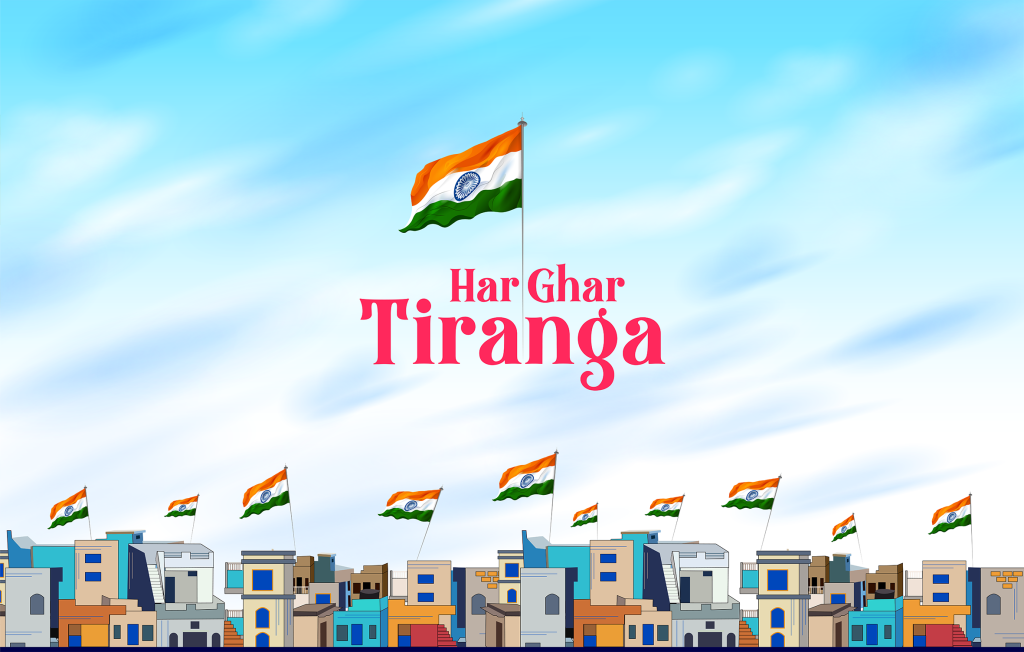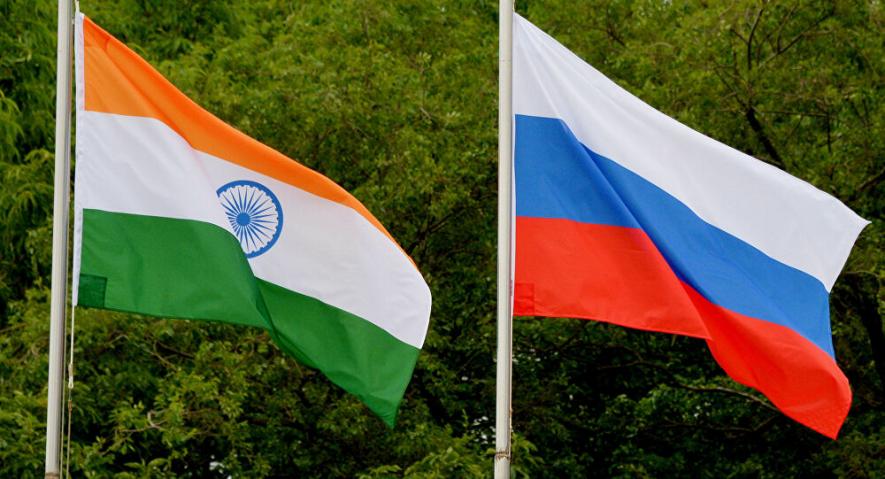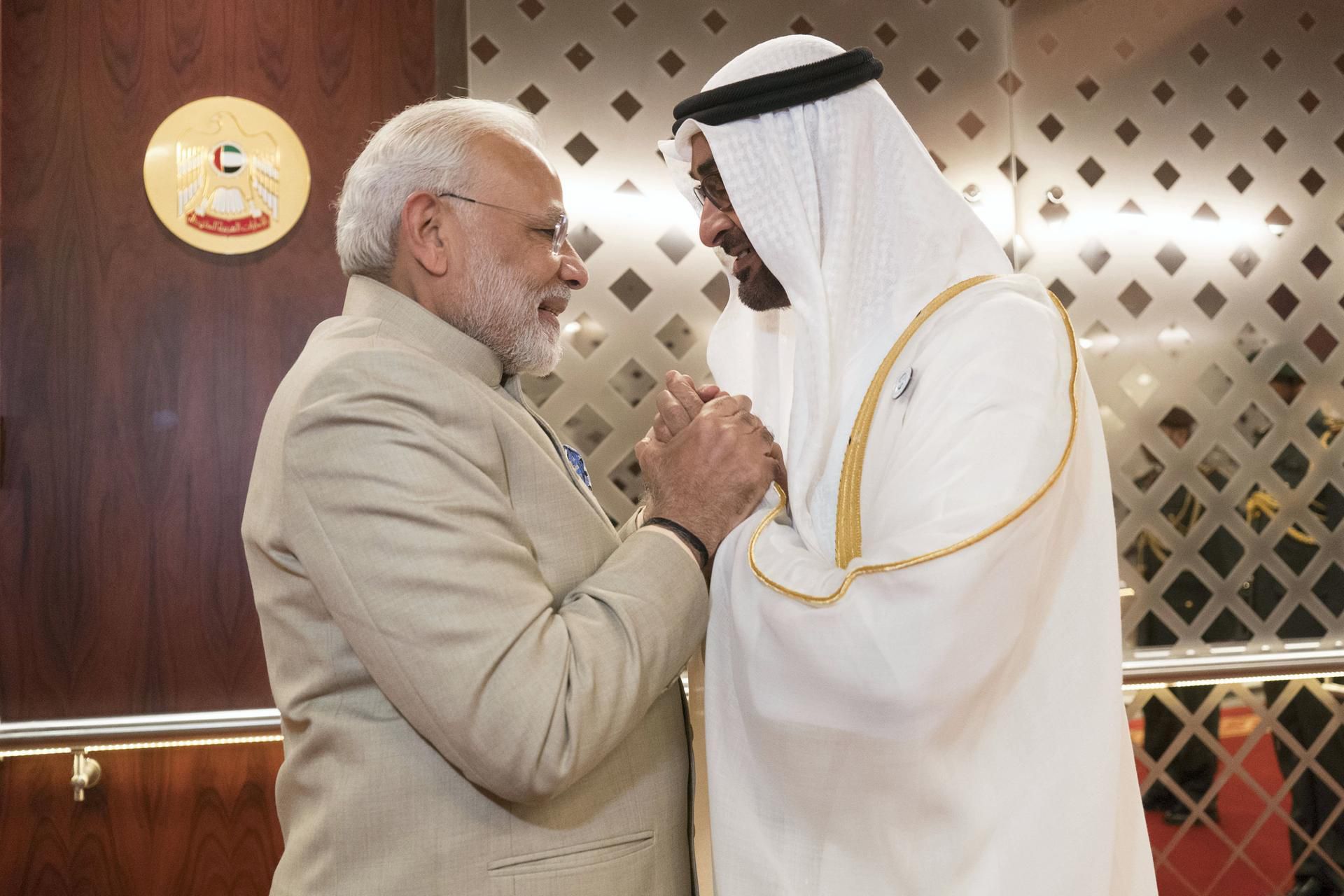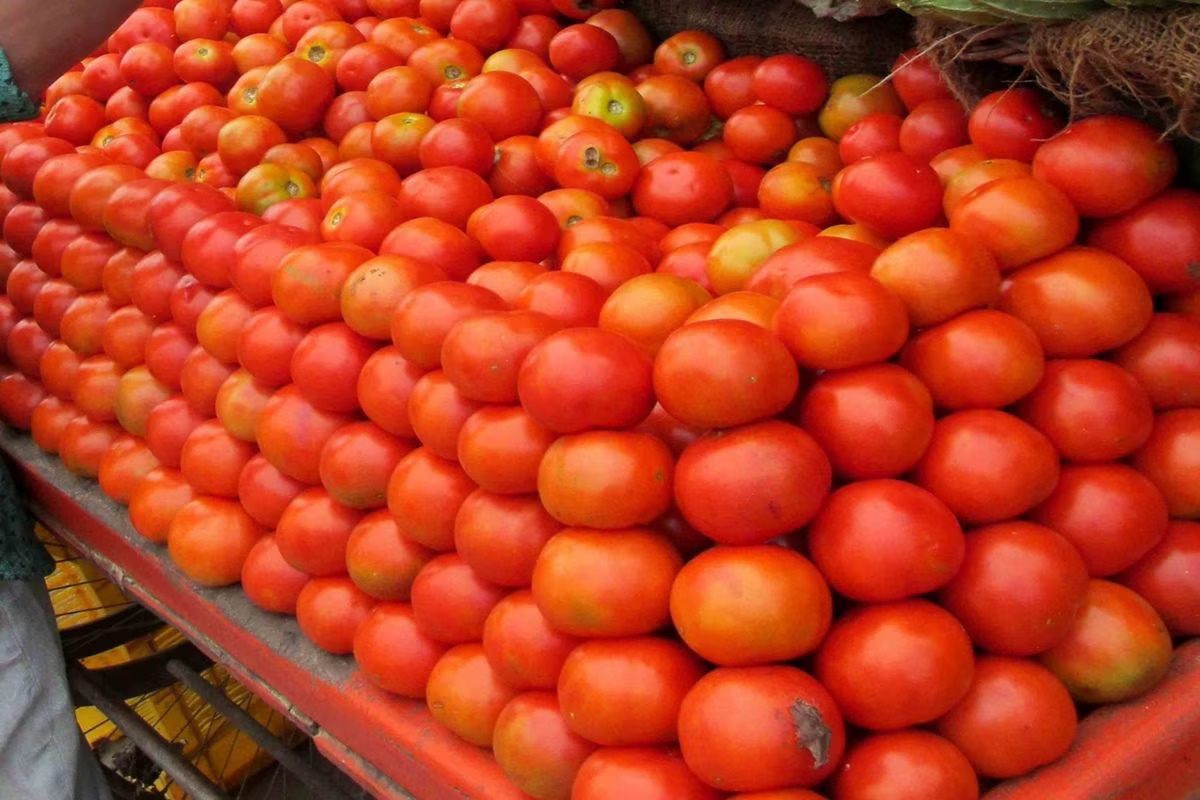“Caste politics” in India refers to the political influence and manipulation of the caste system in the country. The caste system is a social hierarchy that has existed in India for thousands of years and is based on one’s birth into a particular caste.
In modern India, caste continues to play a significant role in politics and is used by political parties and leaders to mobilize voters and gain support. This often involves promising preferential treatment and government benefit to certain castes as well as making appeals to caste pride and identity.
Caste has long been a central aspect of Indian society and continues to play a major role in Indian politics, particularly at the regional and local levels. The caste system, a complex hierarchy of social groups based on birth and occupation, has been a source of discrimination and oppression for centuries, and caste-based political mobilization has been used to address these inequalities.
In the early years of India’s independence, leaders such as Mahatma Gandhi and Jawaharlal Nehru sought to eliminate the caste system and promote a more egalitarian society. However, the caste system has remained deeply ingrained in Indian society, and political parties have often used caste affiliations to build support and mobilize voters. This has resulted in the development of caste-based political parties, which represent specific castes and work to advance their interests.
One of the most notable examples of caste politics in India is the rise of regional parties, such as the Samajwadi Party in Uttar Pradesh and the Rashtriya Janata Dal in Bihar, which has built their political bases by representing specific caste groups and addressing their concerns. These parties often form alliances with other parties based on similar caste affiliations, and they have been successful in winning elections and forming governments in several states.
Caste also plays a role in the selection of candidates for elections. Political parties often choose candidates based on their caste, as they believe that this will help them gain support from voters who share the same caste affiliation. This has resulted in the underrepresentation of certain castes in the political sphere as well as a lack of diversity in the political leadership of the country.
To put it bluntly: The right-wing doesn’t have nightmares about class politics. Caste politics affect Ideologues of the Hindutva movement are aware that a proletarian revolution is not imminent. They are also aware that the poorest Indians would prefer to have a roof over their heads than to be forced to participate in the dismantling of the system of private property.
Additionally, they believe in God. As we all know, most faiths claim that a person’s possessions—or lack thereof—result from god’s will or, in Hinduism, from the deeds or omissions of former incarnations. But caste is a congenital flaw that Hindutva was born with and cannot be owned or denied; it is inseparably ingrained inside its very core.
Hindutva, despite all of its objections, still sees inter-caste marriages as “polluting” and does not see a period of widespread, state-sponsored social transformation.
Contrary to leftists, those who support the politics of “social justice” do not view religion as just a “super-structural” institution that would automatically dissolve once class disparity is eradicated. They continue to live as devoted Hindus inside the community of the majority. Their goal is to put a stop to prejudice committed by people who profess to be the guardians of Hinduism.
They question why, if all Hindus are one, some cannot ride horses to their weddings, walk upright past upper-caste doors, enter temples without difficulty, become temple priests regardless of their level of education, avoid being shunned, lynched, or even killed occasionally if they fall in love with members of the “upper” caste, or even be chosen from a class of schoolchildren to perform menial tasks, not to mention suffocate to death in poisonous drains, while others can be referred to as “spiritual” employees who purportedly nonetheless feel incredibly fulfilled by their jobs,
And what about passages, even in the most revered Ramcharitmanas, that appear to reserve censure for “Shudra,” “Nari” (woman), as well as the uncivilized elements in Hindu society?
It is a common defensive Brahminical notion that caste position is determined by attainments rather than birth under the Varna Vyavestha, or caste system. So, if a Shudra gains a high-caliber education, he becomes a Brahmin, and so on.
Unfortunately, in Hindu civilization, this magic trick is never recognized as a reality. If this were the case, why would Bhimrao Ambedkar, one of the most intelligent Indians and the chairman of the committee charged with drafting the Indian constitution, feel forced to avoid dying a Hindu even though he could not avoid being born one?
Or consider the instance of a judge from an “upper” caste who ordered the court premises to be “purified” with Ganges water after succeeding a Dalit predecessor. If the allegation about the actual nature of varna vyavestha is to be believed, surely a Dalit judge ought to have been considered a Brahmin?
The paradox of the “dwija” or “twice born” is that, despite the Sangh’s majority-totalitarian politics necessitating that it refers to everyone as a Hindu, it requires caste discrimination – as they derive from texts like the Manusmriti and the tenth Mandala of the Rig Veda – in order to assert a permanent hegemony over Sanatan Dharma.
The majority of all positions of authority, be they in the bureaucracy, in higher and more skilled education, or in controlling religious pulpits and practices, remain predominantly with the “upper” caste Hindus. This is why Hindutva feels so threatened when Hindus who have been labeled as “socially unequal” seek parity in society.
It makes sense, then, why the RSS-BJP is so adamantly opposed to any census that may reveal to the nation how Hindu society is genuinely split. And for two reasons: first, since Hindutva politics aims to polarise society into Hindus and Muslims, presenting the so-called justification for majoritarian-sectarian prerogatives, its deepest fear is that Hindus will become so split that this goal will lose all political sway and rationale.
What a surprise that the head of the RSS was compelled to say that the priesthood, not god, is the cause of caste differences as voices cry out for “social justice” once more; the ghosts of the first Mandal agitation plainly trouble the Hindutva oracle. One only needs to look at the RSS’s dominant institutional social structure to see that caste is, in fact, a very real phenomenon.
Two, the Hindutva applecart is poised to topple to the point where just a very small fraction of the material class pie may stay with it in the future if a census reveals, as it is certain to, that those who rule Hinduism make up no more than 10 percent to 15 percent of Hindu society.
In conclusion, caste politics continues to play a significant role in India’s political landscape, despite efforts to promote a more equal and inclusive society. Political parties and candidates continue to use caste affiliations to build support and mobilize voters, and caste-based discrimination remains a major challenge in India. Addressing this issue will require a concerted effort to promote social and political equality, as well as a deeper understanding of the historical and cultural factors that have perpetuated the caste system.
